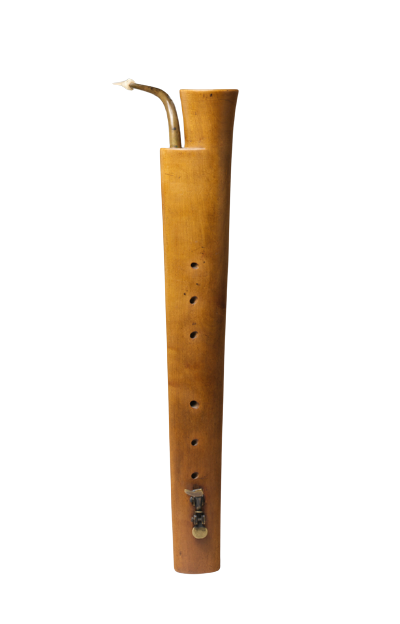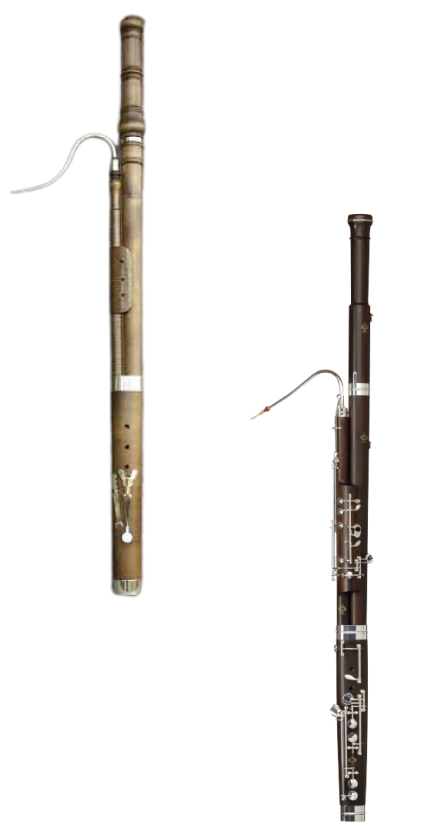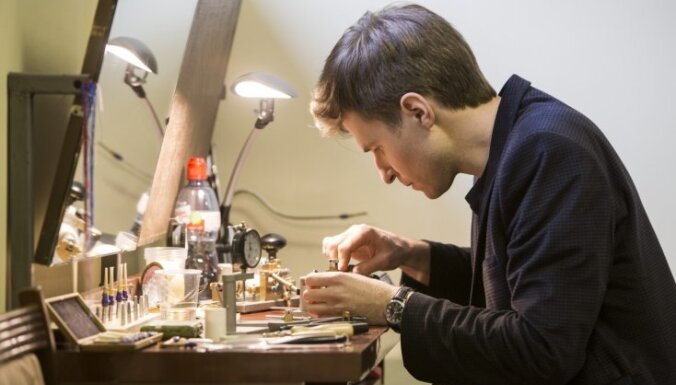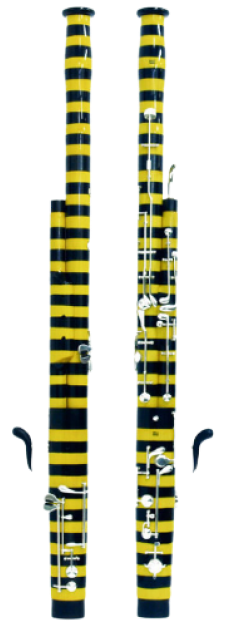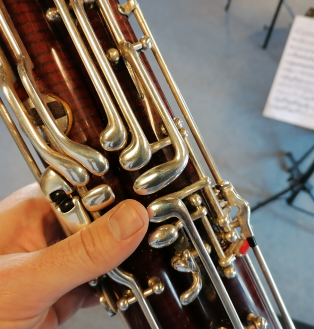Briefly about the origin of the bassoon
The word FAGOT (name for the BASSOON in the most of Europe) is derived from the Italian word "fagotto" and means "bundle of trees". The forerunner of the bassoon is considered to be the dulcian, which was played around 1500. It had a very soft sound, hence its name. In Latin dulcis means - gentle, pleasant. Dulcians were divided by registers: there were both soprano and the most commonly used bass dulcian. It was mainly used to accompany church choir music. Dulcian was made of one whole piece of wood, in which 2 connected holes were carved. One of the best-known compositions written for Dulcian is the Sopra la Monica by the German composer Philip Friedrich Bedecker, written around 1630.
